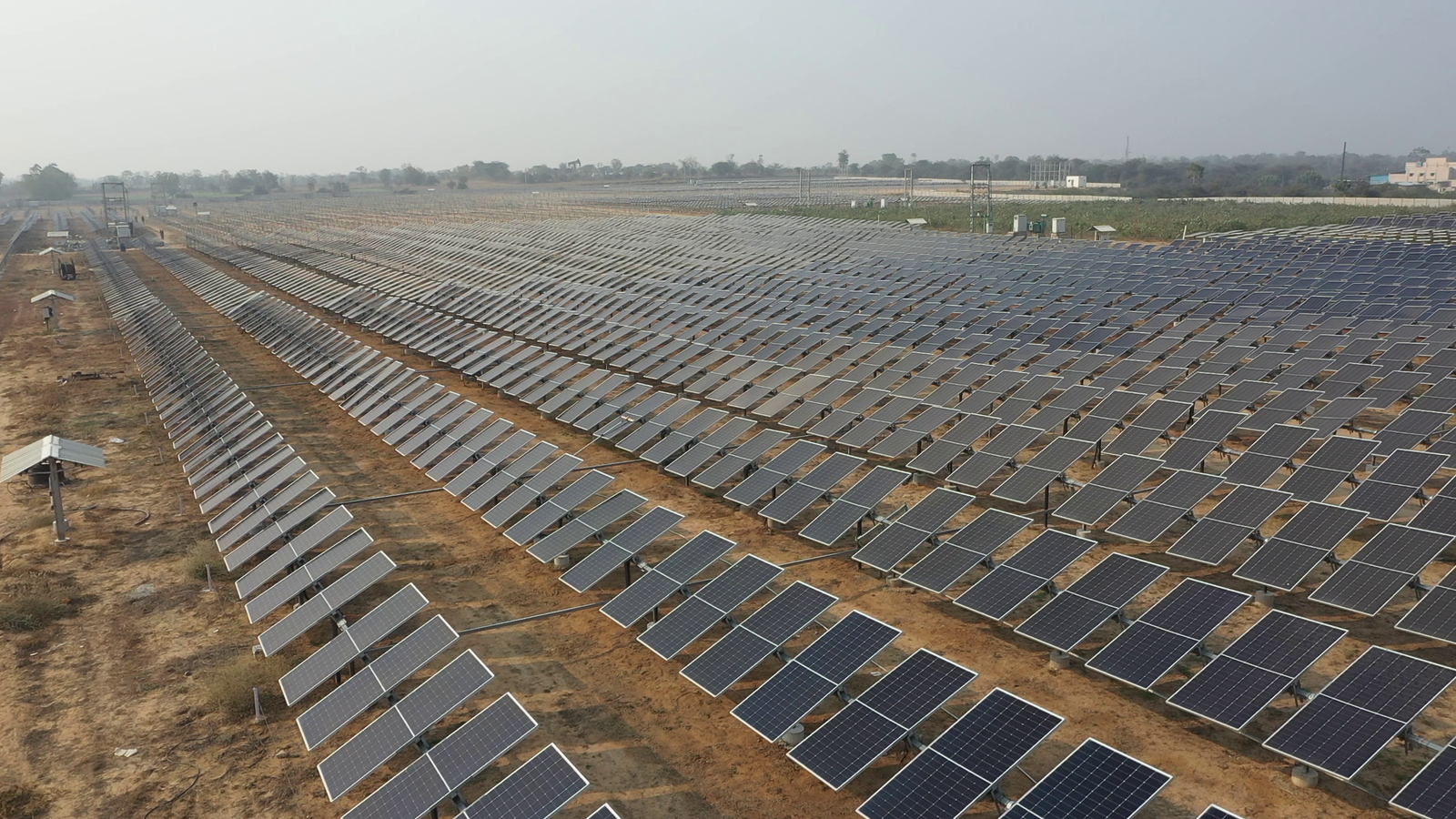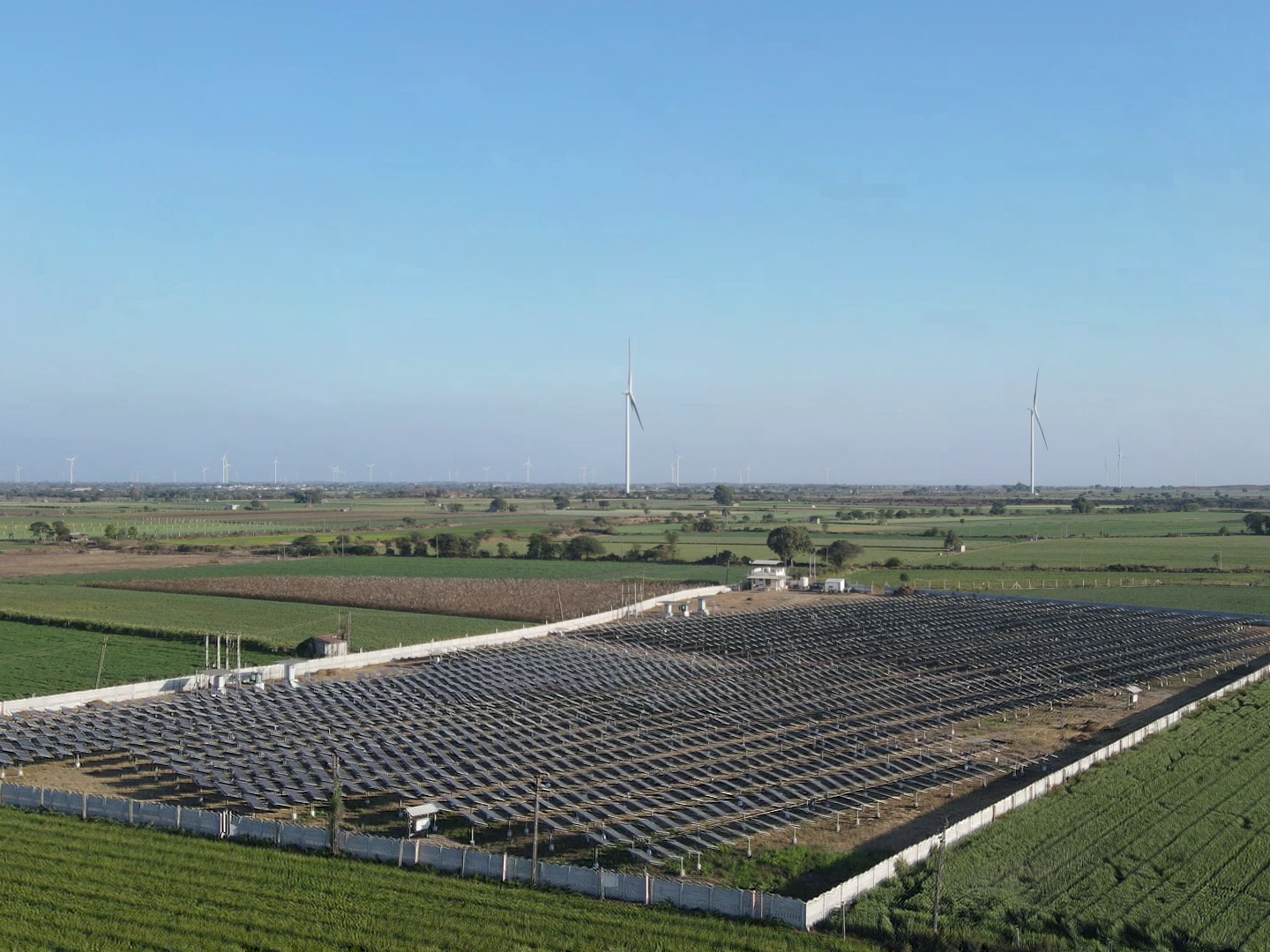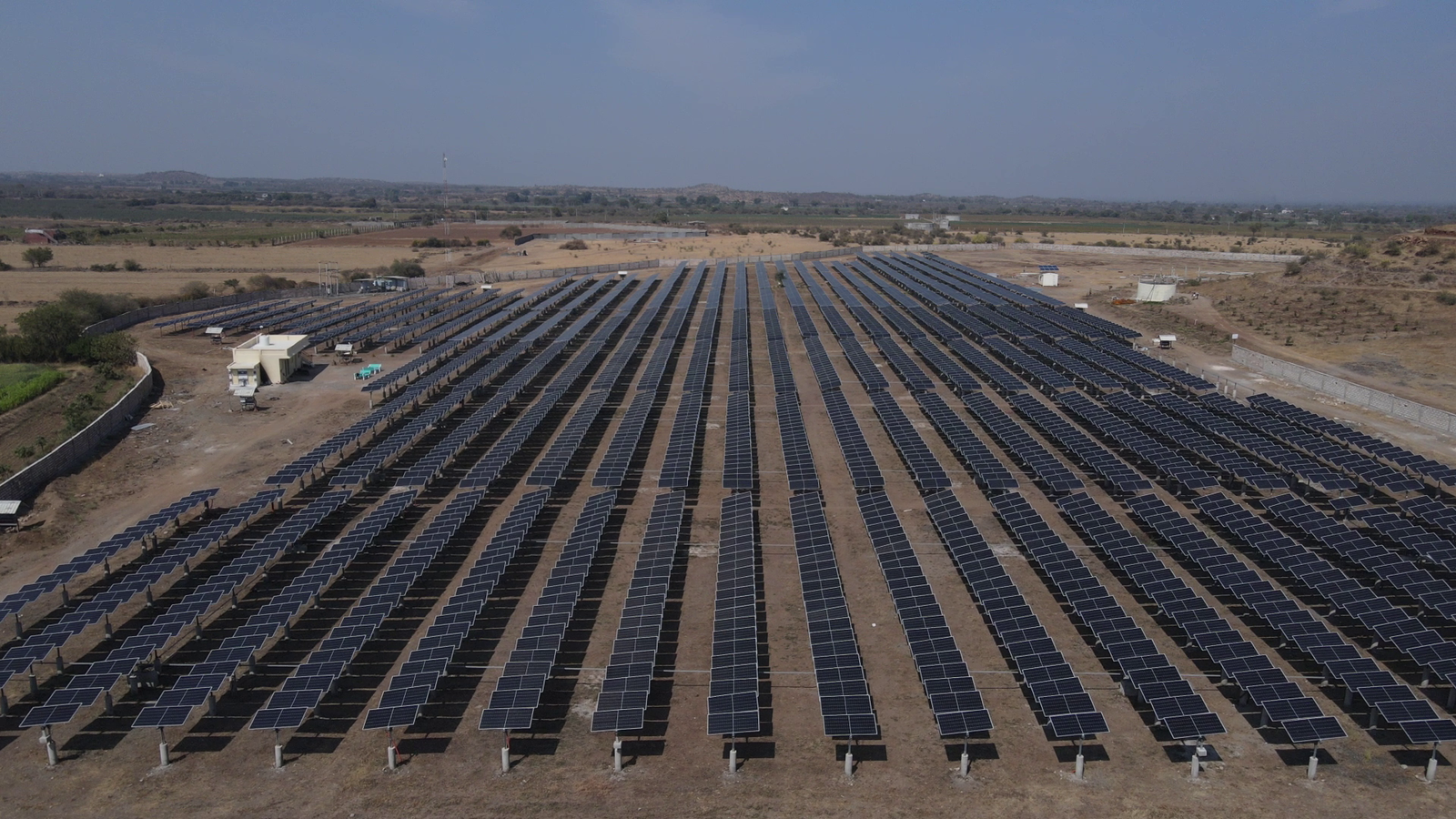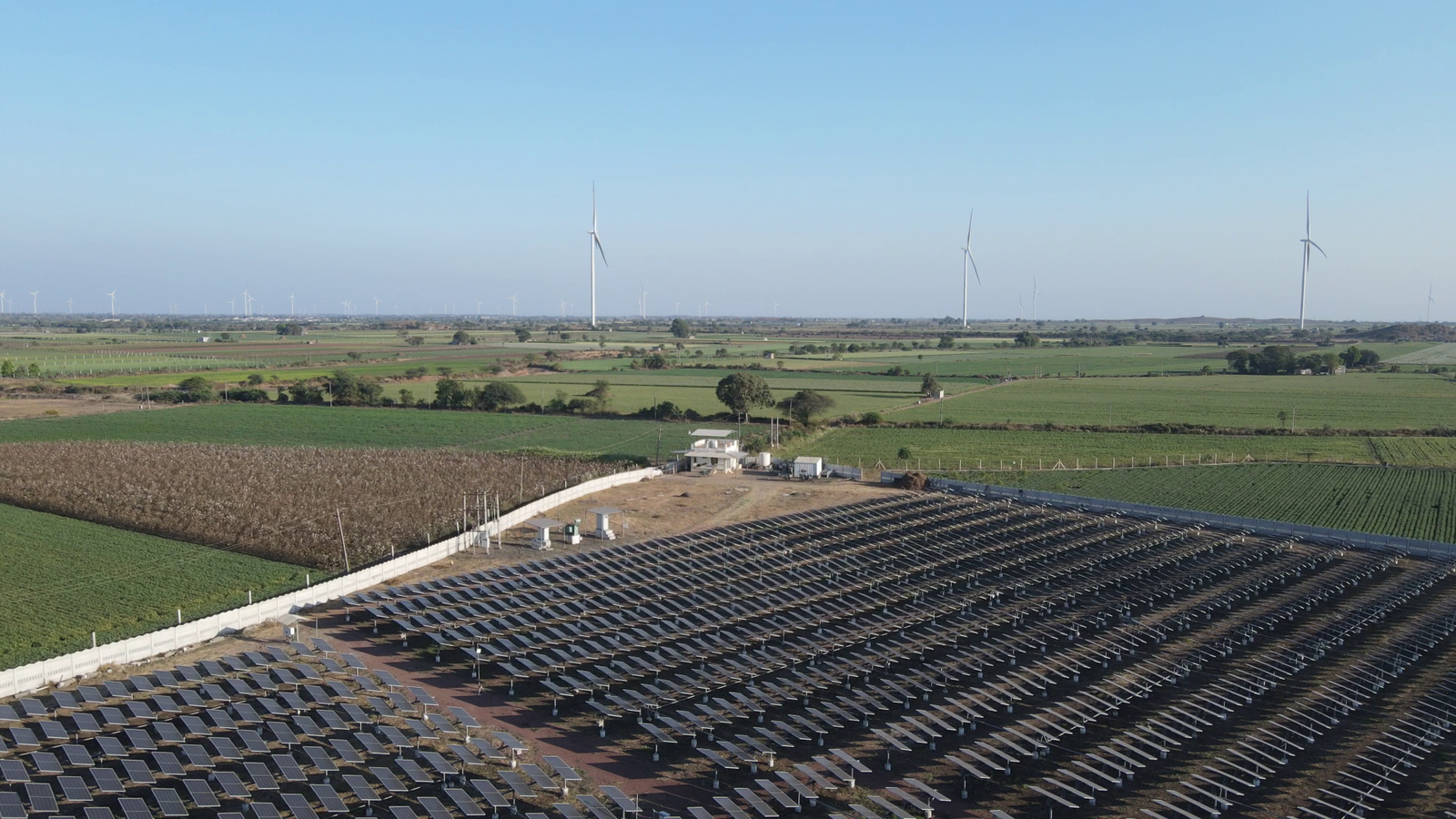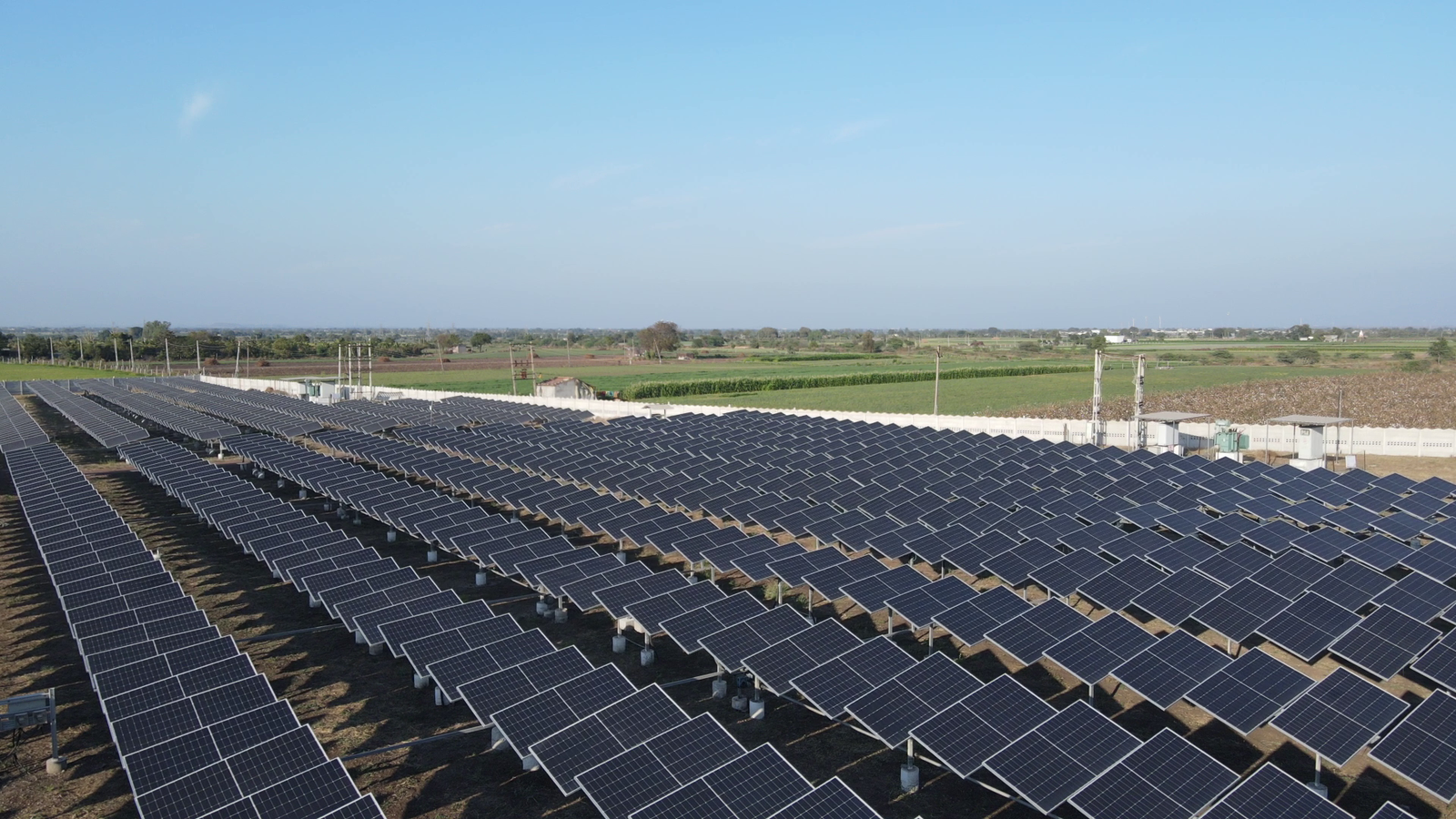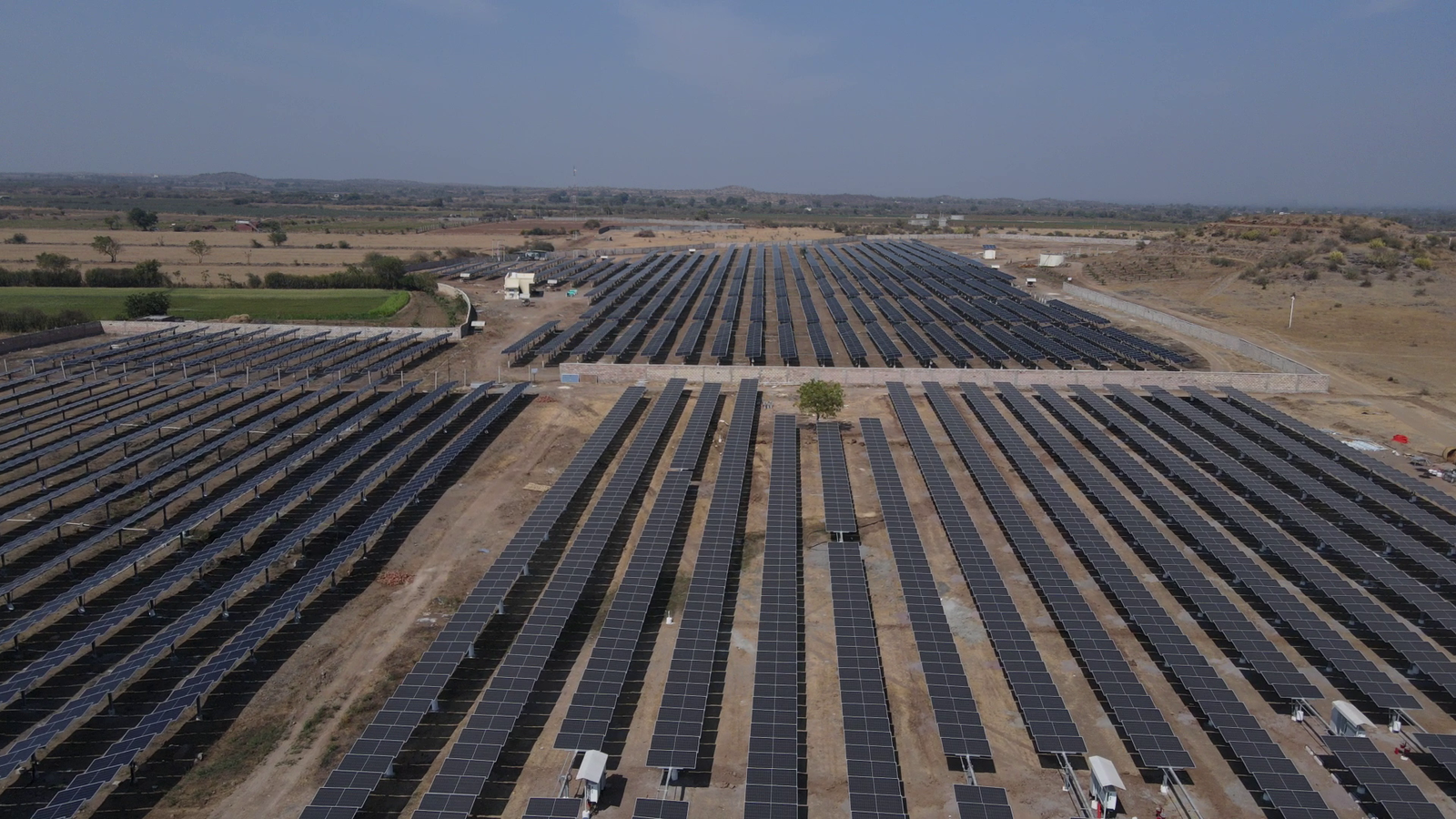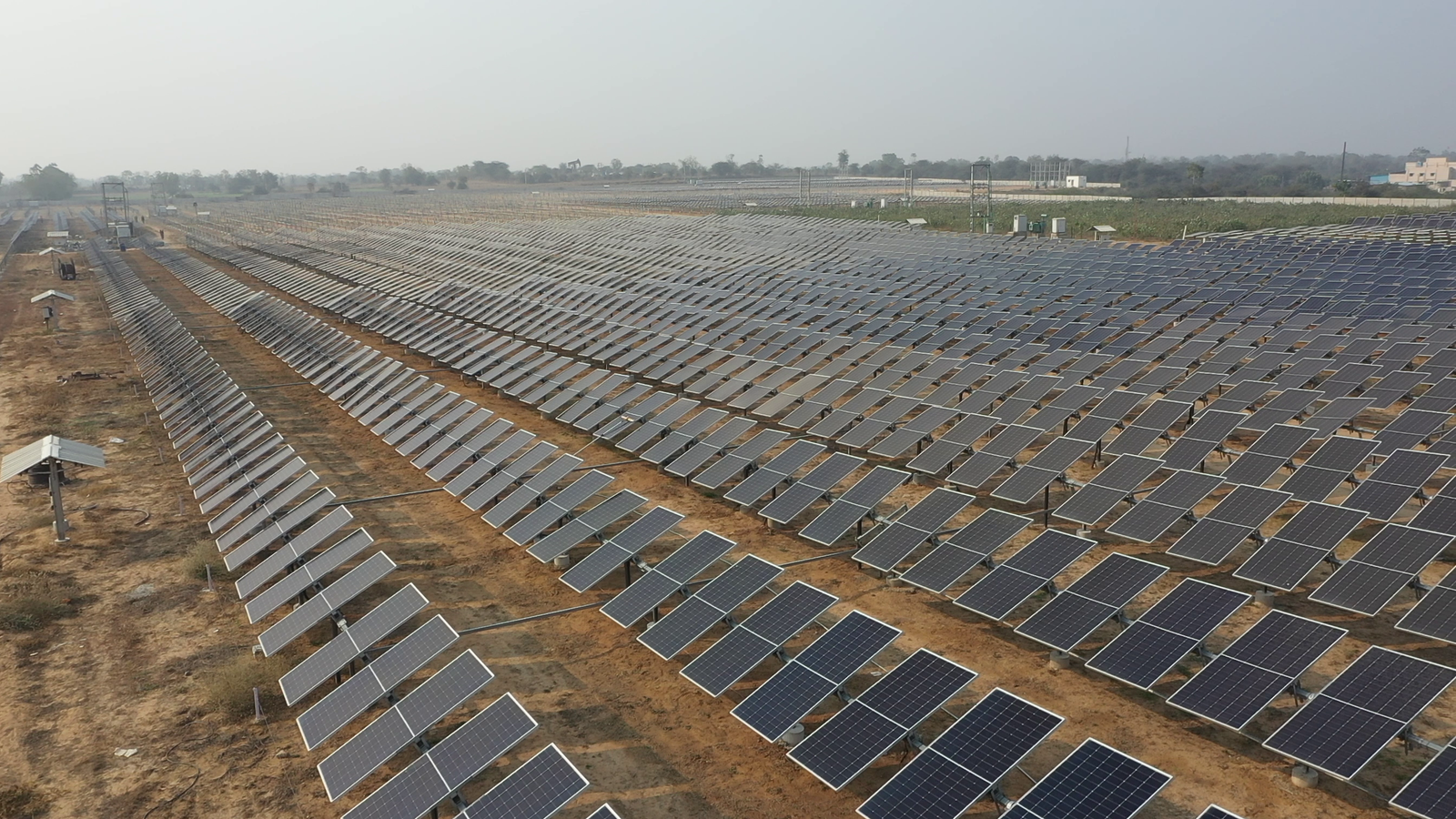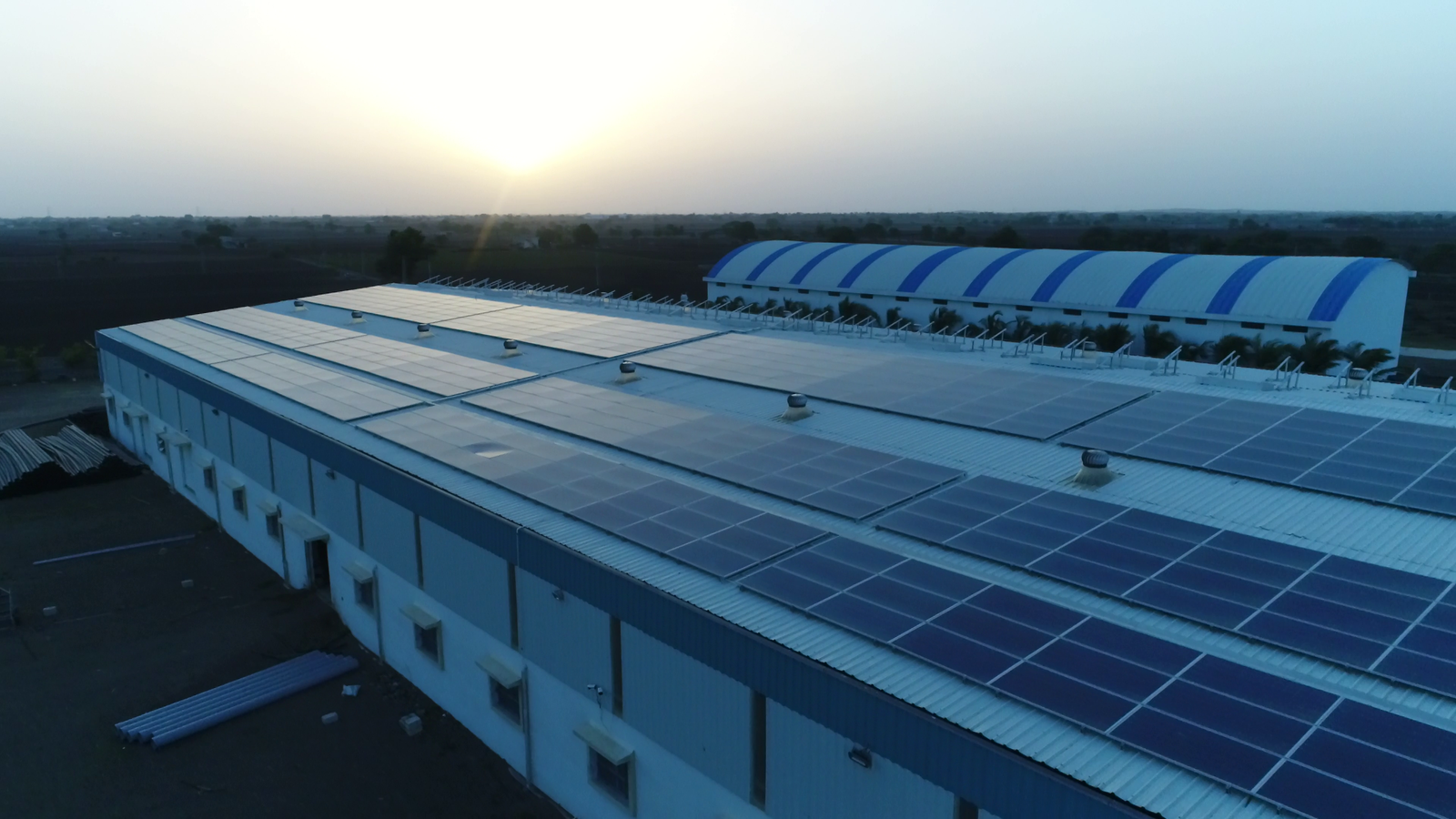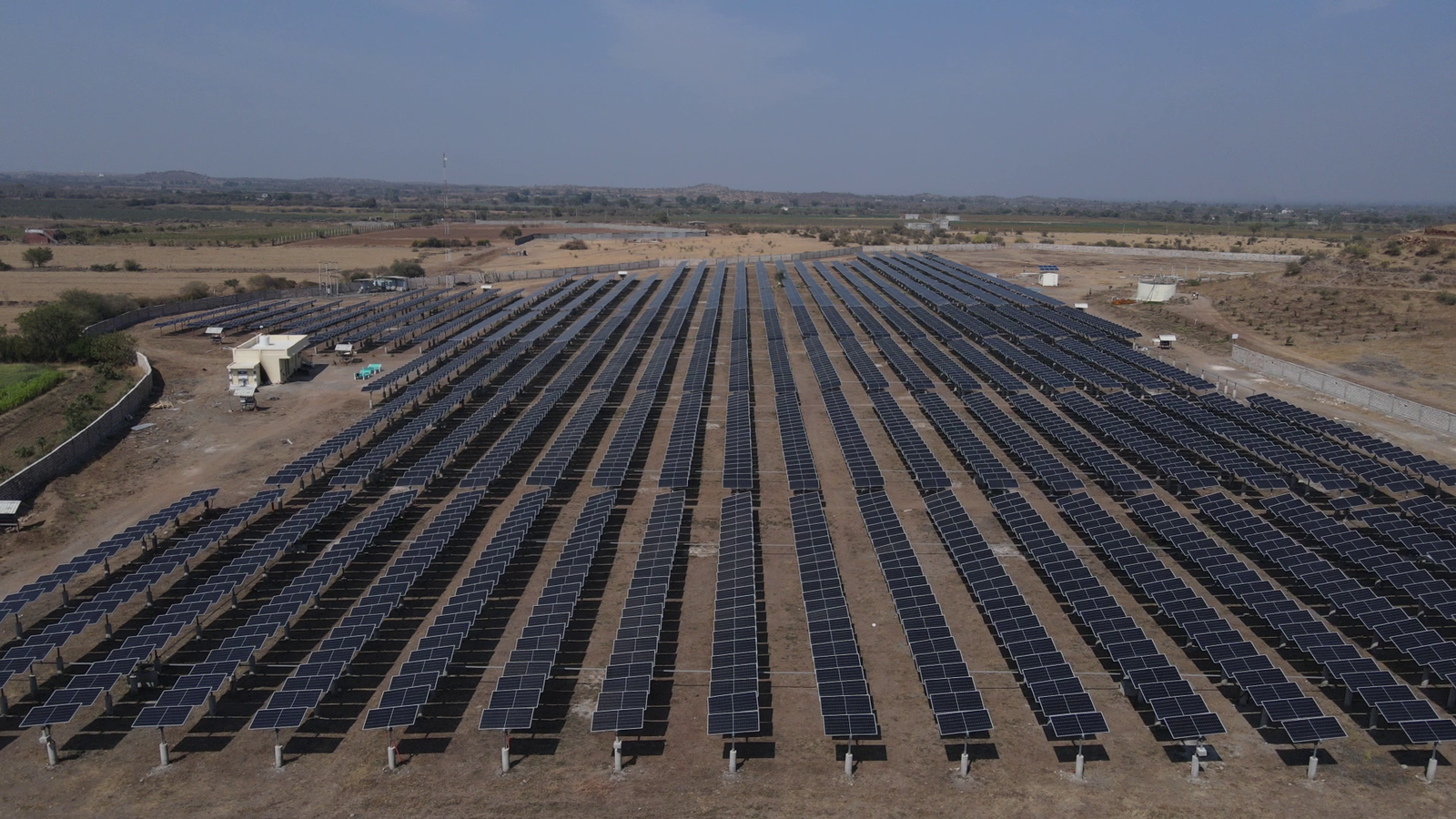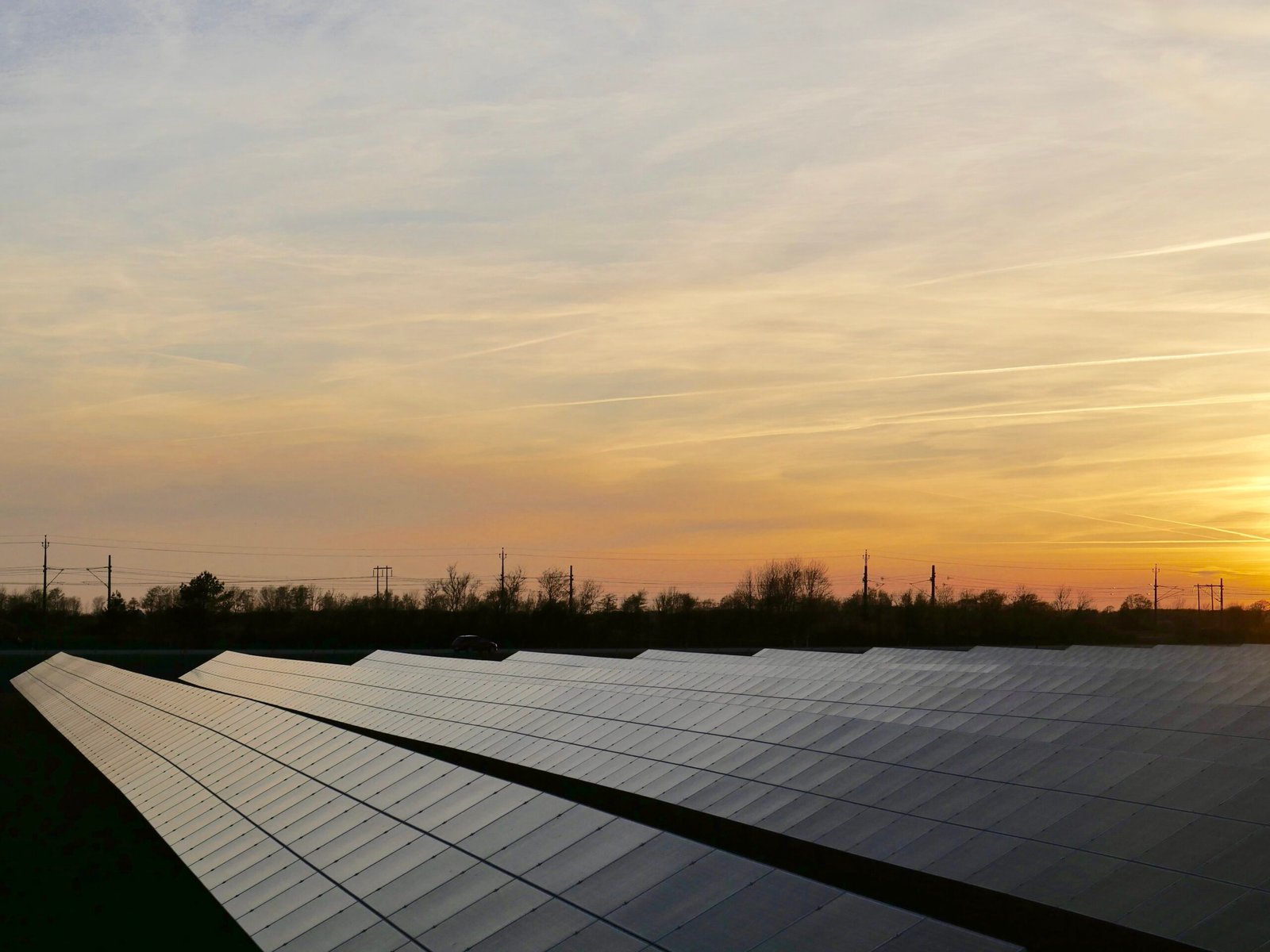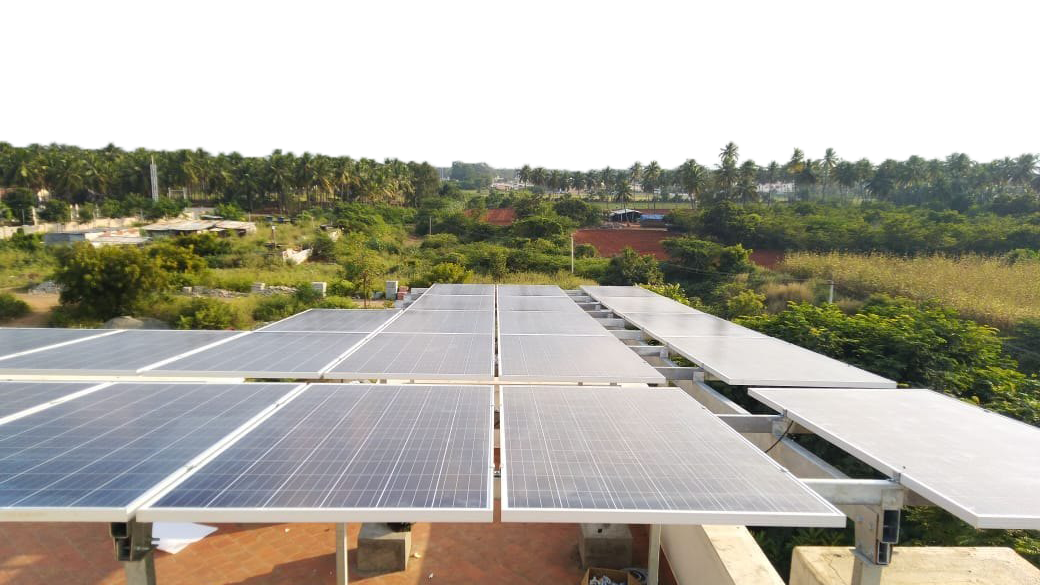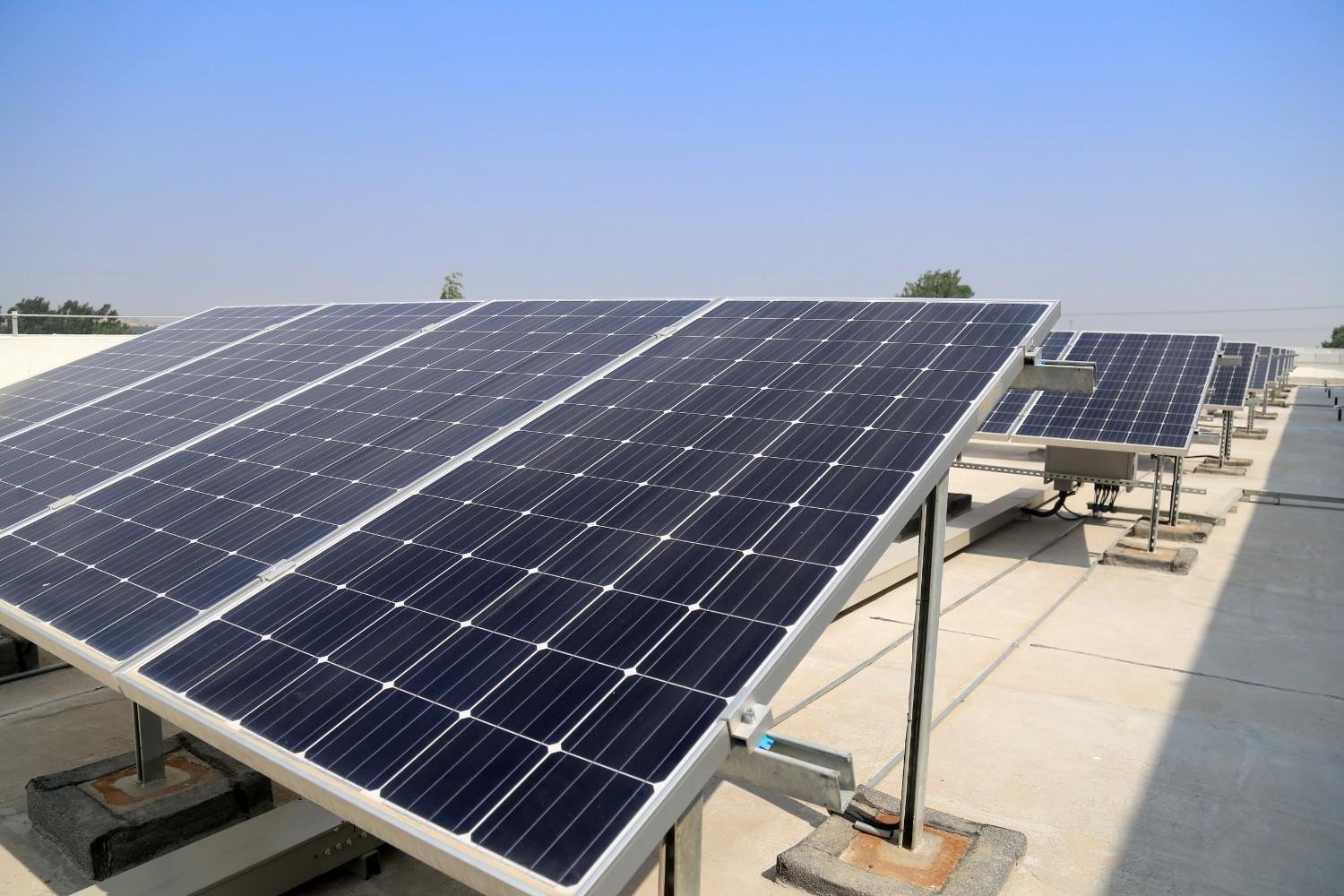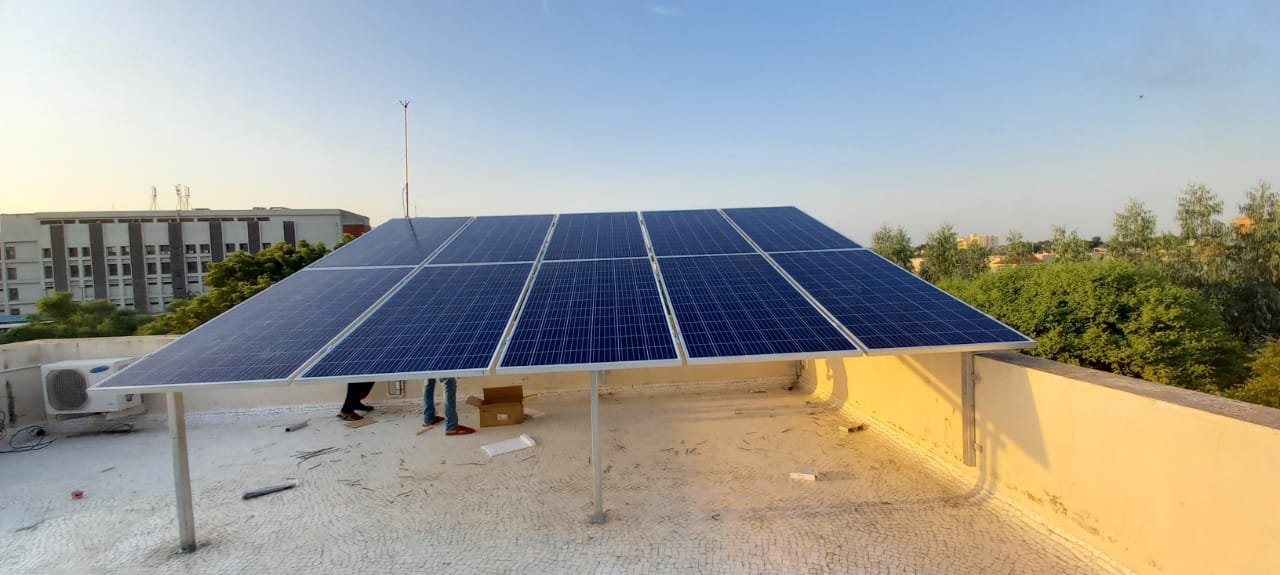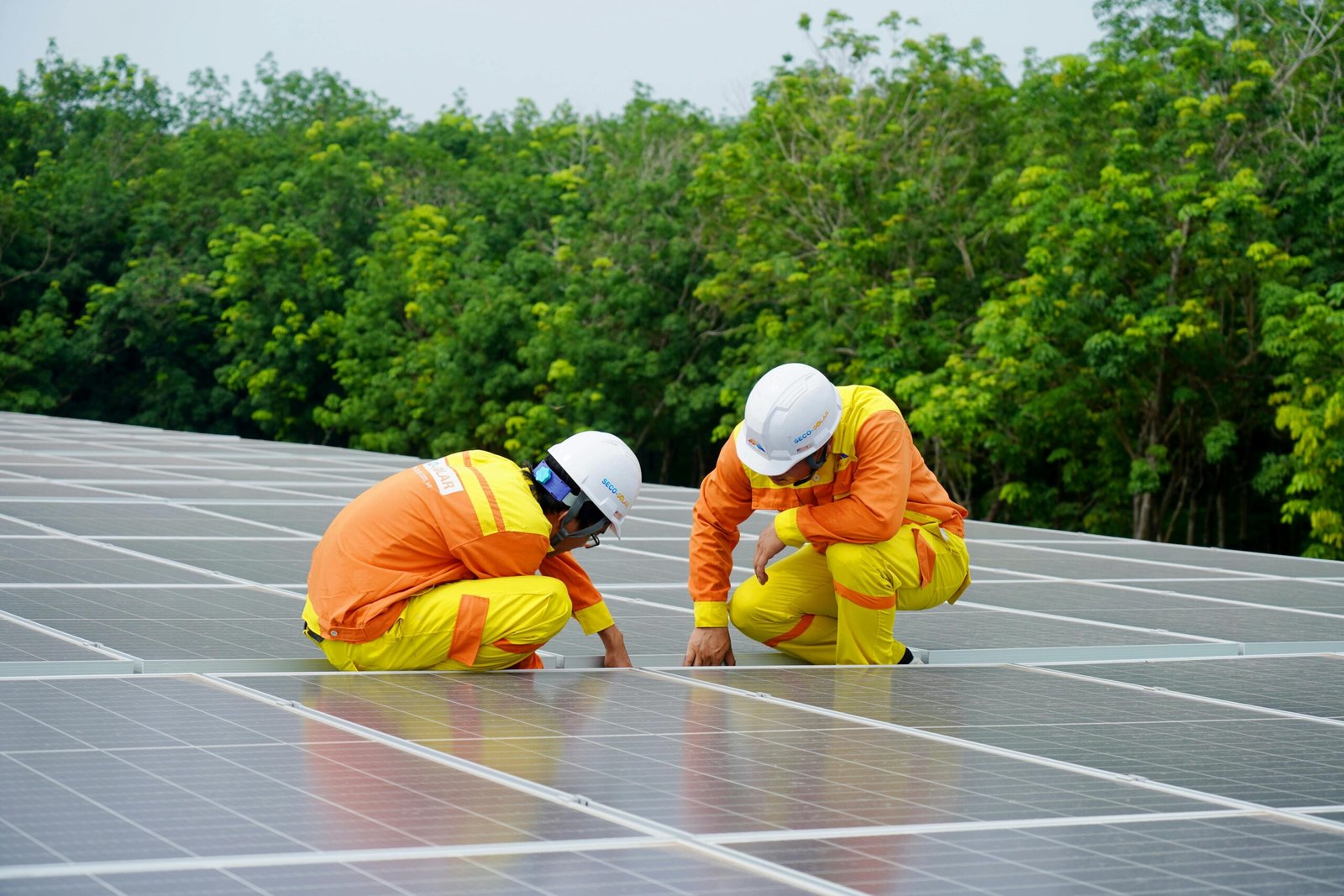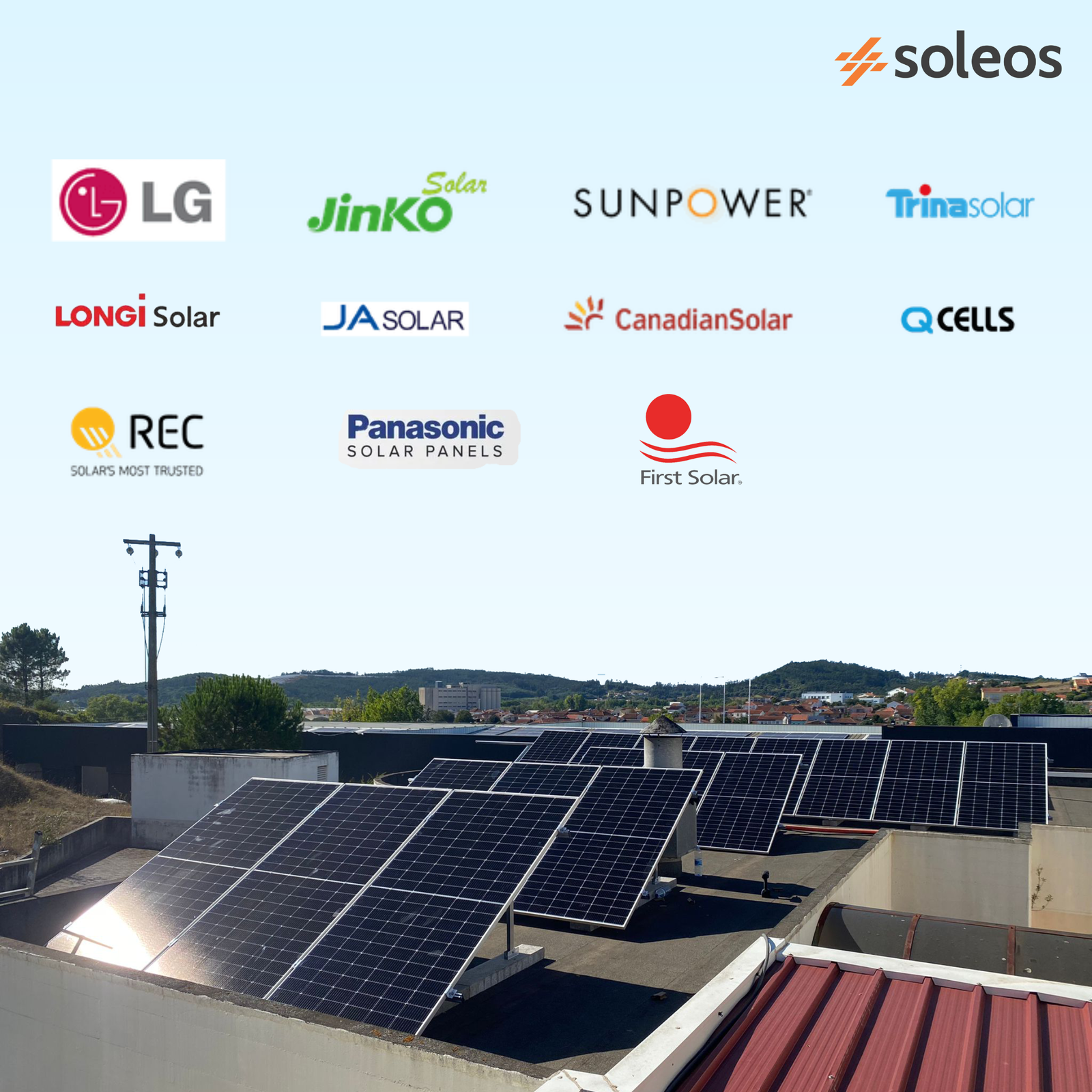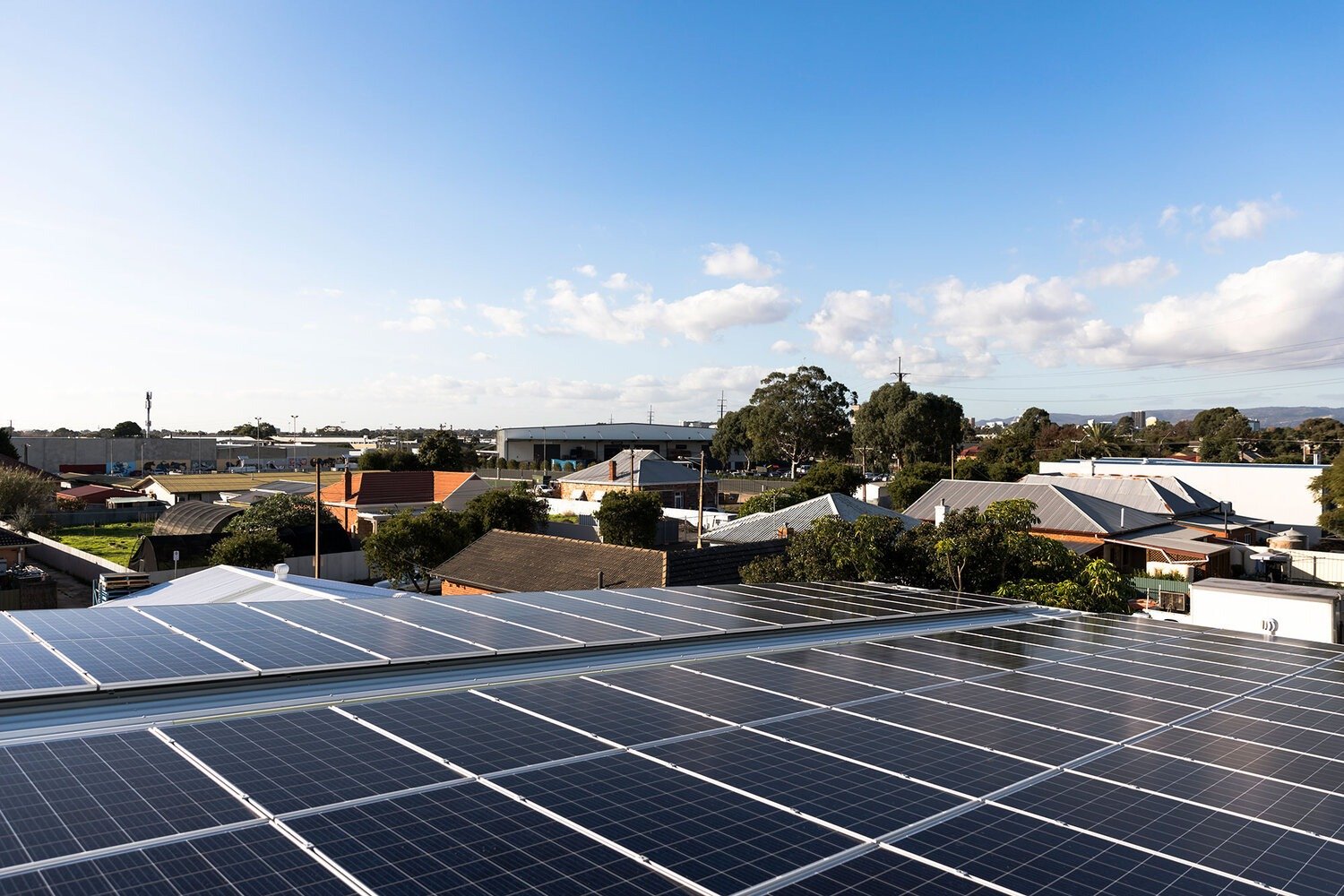In recent years, the demand for renewable energy solutions has skyrocketed, leading to advancements in solar technology. Among these innovations, Organic Photovoltaic (OPV) panels have emerged as a promising alternative to conventional silicon-based solar panels. OPV technology utilizes organic materials to convert sunlight into electricity, offering a lightweight, flexible, and cost-effective solution for solar energy generation.
Table of Contents
This blog explores the working mechanism, benefits, applications, challenges, and future prospects of Organic Photovoltaic (OPV) panels.
Meaning of Organic Photovoltaic (OPV)
Organic Photovoltaic (OPV) is a type of solar cell technology that utilizes organic materials—primarily carbon-based polymers or small molecules—to convert sunlight into electrical energy. Unlike traditional silicon-based solar cells, OPVs employ organic semiconductors, which offer unique advantages such as flexibility, lightweight properties, and the potential for low-cost production through techniques like roll-to-roll printing. These characteristics make Organic Photovoltaics particularly attractive for applications where conventional rigid solar panels are less feasible, including wearable electronics, portable devices, and building-integrated photovoltaics. However, challenges remain in improving their efficiency and operational lifespan to match those of their inorganic counterparts.
How Do Organic Photovoltaic (OPV) Panels Work?
Organic Photovoltaic (OPV) panels function similarly to traditional solar panels but use organic molecules and polymers instead of silicon. The key components of an Organic Photovoltaic panel include:
- Light Absorption and Exciton Formation: When sunlight strikes the Organic Photovoltaic panel, the organic semiconductor materials absorb photons, exciting electrons from the highest occupied molecular orbital (HOMO) to the lowest unoccupied molecular orbital (LUMO). This excitation creates bound electron-hole pairs known as excitons.
- Exciton Diffusion: These excitons migrate towards the interface between electron-donor and electron-acceptor materials within the active layer. Efficient exciton diffusion is crucial, as they must reach this interface before recombining.
- Charge Separation: At the donor-acceptor interface, the excitons dissociate into free charge carriers—electrons and holes—due to the energy offset between the materials.
- Charge Transport and Collection: The separated electrons and holes are transported through their respective materials to the electrodes. Electrons move towards the cathode, while holes move towards the anode, generating an electric current that can be harnessed for external use.
When sunlight strikes the Organic Photovoltaic panel, the organic molecules in the active layer absorb photons and create excitons (electron-hole pairs). These excitons then separate at the donor-acceptor interface, leading to the generation of free electrons and holes. The electrons move towards the cathode, and the holes move towards the anode, creating an electric current.

Advantages of Organic Photovoltaic (OPV) Panels
Lightweight and Flexible Design
One of the most significant advantages of Organic Photovoltaic panels is their lightweight and flexible nature. Unlike rigid silicon panels, Organic Photovoltaic panels can be seamlessly integrated into a variety of surfaces, including curved structures, textiles, and portable devices. This flexibility opens up a wide range of applications where traditional panels would be impractical.
Cost-Effective Manufacturing
Organic Photovoltaic panels can be manufactured using roll-to-roll printing techniques, significantly reducing production costs. Using organic materials minimizes dependence on expensive and rare raw materials, making Organic Photovoltaic technology a cost-effective alternative to traditional silicon-based solar panels.
Environmentally Friendly Solution
Traditional silicon solar panels require energy-intensive manufacturing processes, whereas Organic Photovoltaic panels have a lower carbon footprint. Additionally, they utilize non-toxic organic compounds, making them a more sustainable and environmentally friendly option.
Customization and Aesthetic Integration
Organic Photovoltaic panels can be produced in various colors, transparency levels, and designs. This customization allows them to be aesthetically integrated into architectural designs, consumer electronics, and smart wearable technology without compromising visual appeal.
Enhanced Performance in Low-Light Conditions
Unlike conventional silicon-based panels, Organic Photovoltaic panels maintain efficient energy conversion even in low-light conditions, making them suitable for indoor applications, shaded environments, and areas with variable sunlight exposure.
Applications of Organic Photovoltaic (OPV) Panels
Building-Integrated Photovoltaics (BIPV)
Organic Photovoltaic panels can be seamlessly integrated into building materials, such as windows, facades, and roofs. Their semi-transparency and availability in various colors make them ideal for enhancing the aesthetic appeal of structures while generating electricity. This integration not only reduces energy costs but also contributes to sustainable building practices.
Wearable Technology
The flexibility and lightweight nature of Organic Photovoltaic panels make them suitable for wearable technology. They can be embedded into clothing, accessories, or even medical devices, providing a portable power source for gadgets like fitness trackers, smartwatches, and health monitoring equipment. This integration ensures a continuous power supply without relying on traditional batteries.
Internet of Things (IoT) Devices
With the proliferation of IoT devices, there is a growing need for efficient and sustainable power sources. OPV panels can power sensors and low-energy devices, especially in indoor settings where light conditions are variable. Their ability to perform under low-light conditions makes them ideal for smart home devices, environmental sensors, and other IoT applications.
Agrivoltaics and Greenhouses
OPV panels can be utilized in agricultural settings, such as greenhouses, where their semi-transparency allows for adequate light transmission for plant growth while simultaneously generating electricity. This dual functionality can lead to energy-self-sufficient agricultural practices, reducing operational costs and promoting sustainability.
Portable and Emergency Power Solutions
The portability of OPV panels makes them ideal for off-grid and emergency power solutions. They can be incorporated into portable chargers, tents, or backpacks, providing a reliable energy source for outdoor activities, disaster relief operations, and in regions lacking stable electricity infrastructure.
Transparent and Aesthetic Applications
Advancements in OPV technology have led to the development of highly transparent solar cells. These can be applied to windows and other transparent surfaces, turning them into energy-generating components without obstructing visibility. This innovation is particularly beneficial for urban environments where space is limited, and there is a demand for unobtrusive renewable energy solutions.
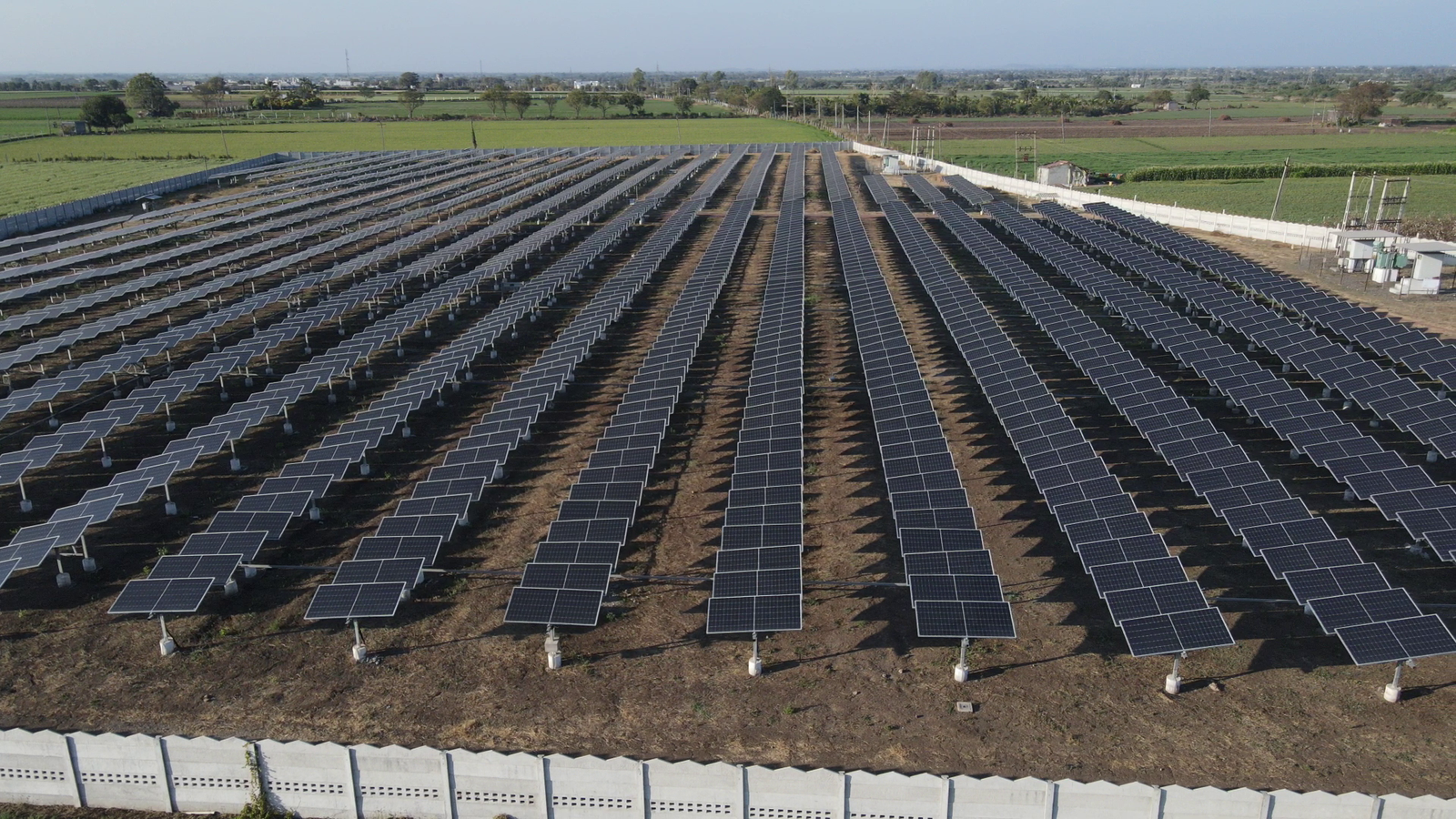
Challenges and Limitations of OPV Technology
1. Lower Power Conversion Efficiency (PCE): OPV cells currently exhibit lower PCE compared to traditional silicon-based solar cells. While silicon cells typically achieve efficiencies between 20% and 25%, OPV cells have reached efficiencies up to approximately 19.3% in laboratory settings. This disparity is primarily due to intrinsic properties of organic materials, such as lower charge carrier mobility and higher exciton binding energies, which limit efficient charge separation and transport.
2. Stability and Durability Issues: The operational lifespan of OPV cells is generally shorter than that of inorganic counterparts. Organic materials are susceptible to degradation when exposed to environmental factors like oxygen, moisture, and UV radiation. This degradation leads to a decline in device performance over time, posing a significant hurdle for long-term applications.
3. Large-Scale Manufacturing Challenges: Scaling up OPV production while maintaining efficiency and uniformity presents technical difficulties. The solution-based processes used in OPV fabrication can introduce variations in film thickness and morphology, affecting device performance. Ensuring consistent quality in large-area modules remains a critical challenge.
4. Sensitivity to Environmental Factors: OPV materials are highly sensitive to environmental conditions. Exposure to oxygen and moisture can lead to oxidation and hydrolysis, respectively, resulting in the deterioration of the active layer. Effective encapsulation techniques are essential to protect OPV devices from these elements, but developing cost-effective and durable encapsulation remains an area of ongoing research.
5. Charge Carrier Mobility and Transport Issues: The mobility of charge carriers in organic materials is typically lower than in inorganic semiconductors. This low mobility can lead to charge recombination before collection at the electrodes, reducing the overall efficiency of the device. Strategies to enhance charge transport, such as optimizing the morphology of the active layer and developing new materials with higher mobility, are being explored.
6. Energetic Disorder and Non-Radiative Losses: Energetic disorder in organic semiconductors can cause sub-gap absorption and non-radiative recombination losses, limiting the open-circuit voltage and overall efficiency of OPV devices. Understanding and mitigating these losses are crucial for improving device performance.
Future Prospects of Organic Photovoltaic (OPV) Panels
Research in OPV technology is advancing rapidly, with scientists working on improving efficiency, stability, and scalability. Some promising developments include:
- Efficiency Improvements: Recent advancements have propelled OPV efficiencies to approximately 18.2% in laboratory settings. Ongoing research aims to further enhance these figures, with targets set to reach efficiencies comparable to traditional silicon-based solar cells. Achieving this involves developing new organic materials, optimizing device architectures, and minimizing energy losses.
- Enhanced Stability and Longevity: Historically, OPVs have faced challenges related to stability and operational lifespan due to the degradation of organic materials when exposed to environmental factors. Innovations in encapsulation techniques and the synthesis of more robust organic compounds are underway to address these issues, aiming to extend the durability of OPV panels for practical applications.
- Scalability and Manufacturing Advances: The potential for low-cost, roll-to-roll manufacturing makes OPVs attractive for large-scale production. Efforts are focused on refining printing techniques to ensure uniformity and performance across extensive areas, which is crucial for commercial viability. This scalability could lead to widespread adoption in various sectors, including building-integrated photovoltaics and portable energy solutions.
- Diverse Applications: The flexibility, lightweight nature, and customizable aesthetics of OPV panels open avenues for integration into a multitude of surfaces and materials. From wearable electronics to transparent installations in windows and facades, OPVs offer versatile solutions that traditional rigid solar panels cannot provide. This adaptability positions OPVs as a key player in the evolution of solar energy applications.
- Environmental and Economic Impact: OPVs are manufactured using abundant materials and energy-efficient processes, potentially reducing the environmental footprint associated with solar panel production. As efficiencies improve and production costs decrease, OPVs are expected to become a more economically competitive option, contributing to the broader adoption of sustainable energy technologies.
Conclusion
Organic Photovoltaic (OPV) panels present a revolutionary step in solar energy technology, offering advantages such as flexibility, lightweight design, and cost-effective manufacturing. Their ability to integrate seamlessly into various applications—from building-integrated photovoltaics to wearable electronics—highlights their vast potential. However, challenges like lower efficiency, durability issues, and large-scale manufacturing constraints must be addressed to maximize their impact.
With continuous research and technological advancements, OPV panels have the potential to transform the solar energy industry, making renewable power more accessible, aesthetically adaptable, and environmentally sustainable.
At Soleos Solar, we are committed to driving innovation in renewable energy solutions. If you’re looking to explore OPV technology for your projects or need expert guidance on the best solar solutions, reach out to us today. Let’s work together to harness the power of organic photovoltaics and shape a greener, more sustainable future!



